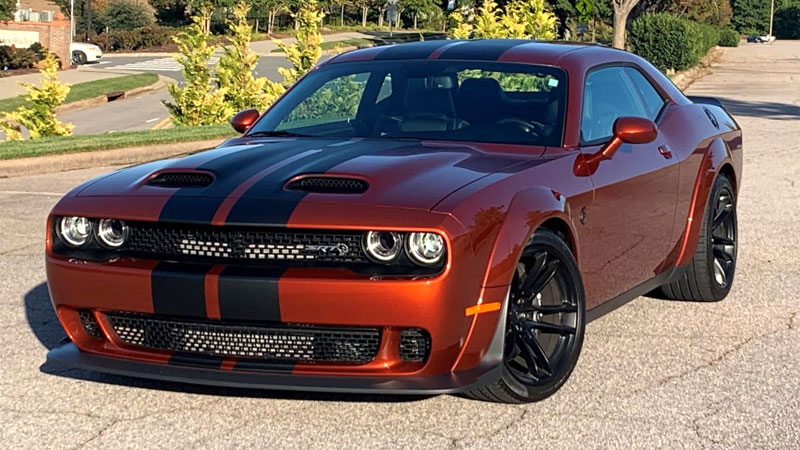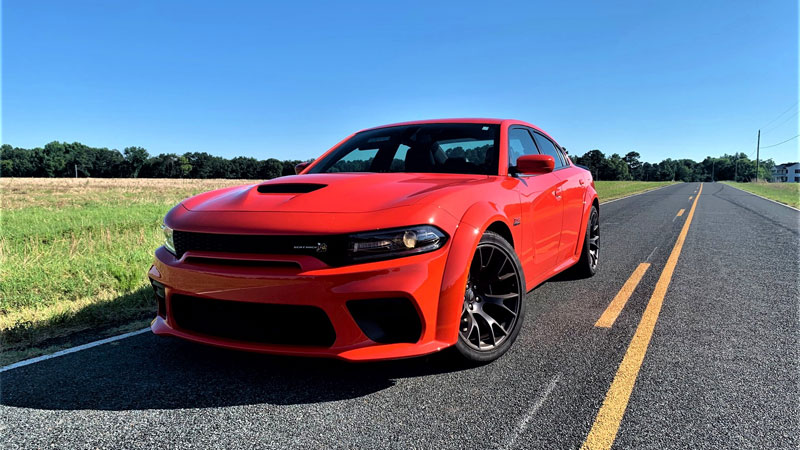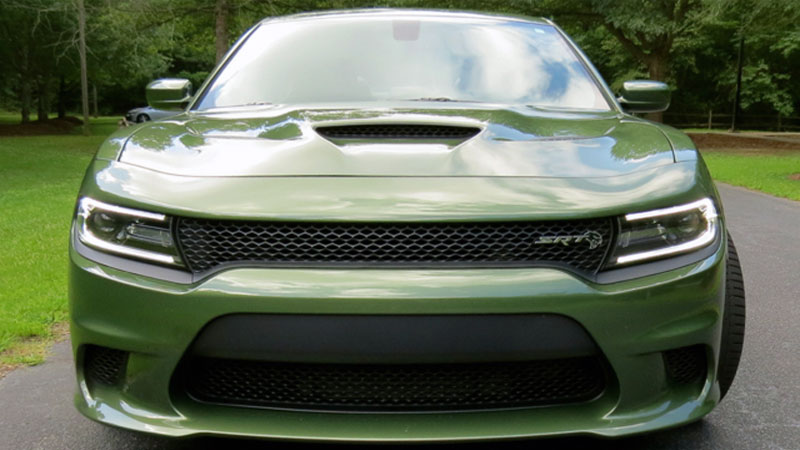These Models Won’t See the 2023 Model Year
Every year, manufacturers retire model lines as market shifts weigh in. With the pivot to electrification upon us, certain names will not be around for the 2023 model year. Some of the models leaving have nothing to do with EVs coming onboard. Instead, they are sedans that are no longer … Read more





